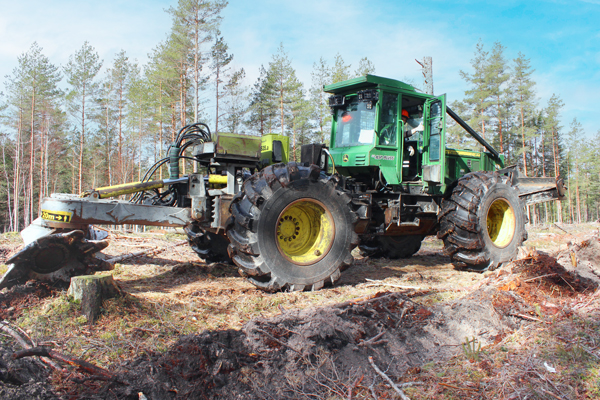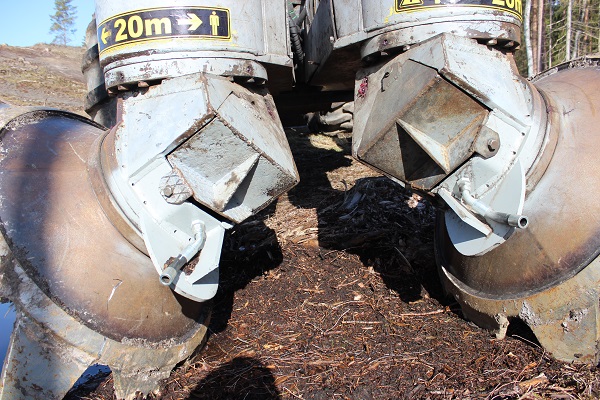Mechanized Sowing – a New Way of Reforestation
In 2022, JSC “Latvia's State Forests” (LVM) introduced a new type of work in production – mechanized forest sowing, using high-precision technological equipment, which will allow forest restoration works to be performed faster and in better quality. This year, forest will be restored by mechanized sowing in the region of West Vidzeme, East Vidzeme and North Latgale with the total working area of 340 ha.
In total, this year LVM will restore forests by planting 13 060 hectares, whereas forest will be restored naturally in an area of 4 639 hectares. In 2022, LVM introduced a new type of work – mechanized sowing.
Due to the prolonged winter, mechanized sowing started later than expected. The first works were started in the Ropaži Forest District of LVM West Vidzeme region. To carry out mechanized sowing work, the operator had to additionally equip the existing tillage equipment – the active disc plough.
“The task entrusted to us is also a great challenge for us as a service provider because this is a new type of work that we have not done so far. The seed material must be accurately counted, reports on the work done must be submitted and the quality of the work must be constantly monitored. The challenge is also posed by the wide field of work – from Ropaži to Krāslava and from Rūjiena to Madona – where the work is planned to be completed in 45 days,” says Gints Kārlis Bernšteins, work manager at SIA “ASP Pluss”.
The new type of work is used when sowing pine in dry forest types: heath, marsh, swamp. High-precision technological equipment allows you to regenerate forests more efficiently: for high-quality work, it is necessary to sow about 0.2 kg of pine seeds per hectare.
“To monitor the use of seed material and the quality of the work performed, which will be confirmed by the grown trees, the work must be performed with a high sense of responsibility on the part of the service providers and LVM employees. The quality of the work performed is first demonstrated by the well-prepared soil, but after about a month – by the small pine trees already visible above the top of the soil,” says Juris Katrevičs, a Forestry Expert at LVM Forestry.




